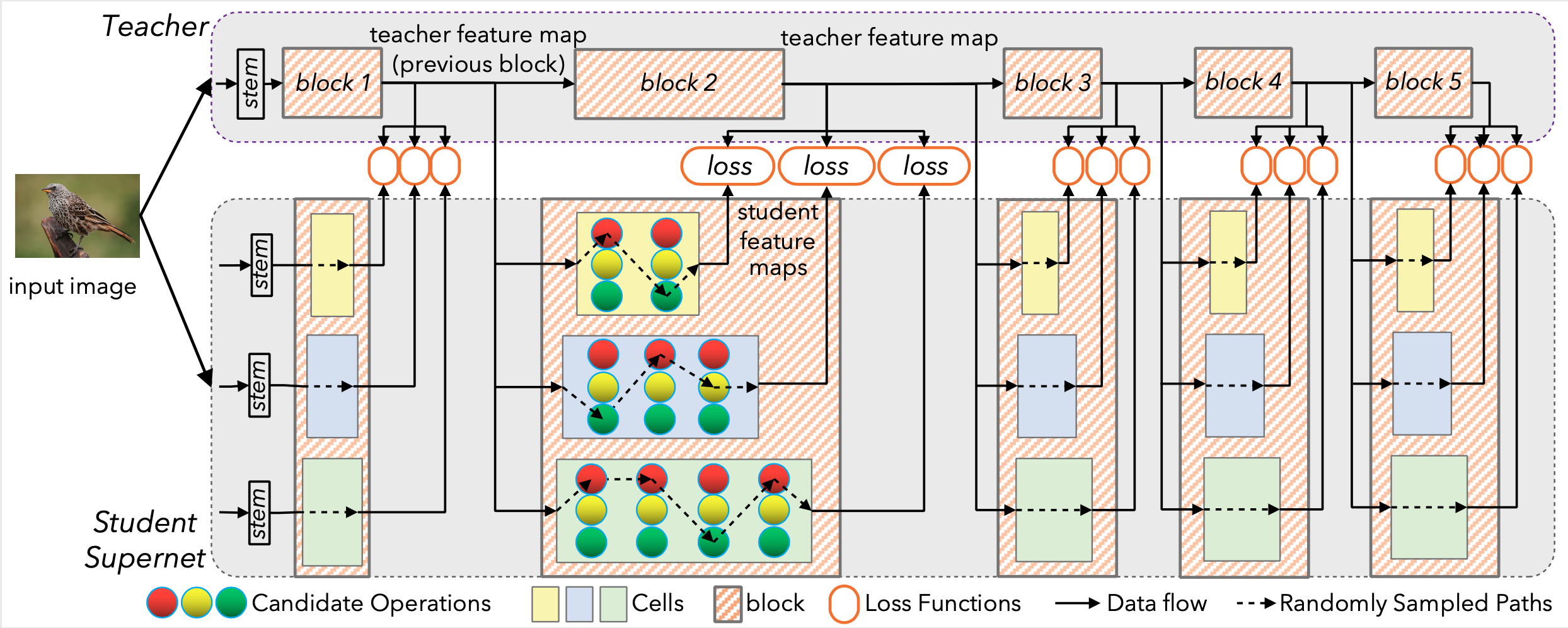EPSANet:An Efficient Pyramid Split Attention Block on Convolutional Neural Network
This repo contains the official Pytorch implementaion code and configuration files of EPSANet:An Efficient Pyramid Split Attention Block on Convolutional Neural Network. created by Hu Zhang.
Installation
Requirements
- Python 3.6+
- PyTorch 1.0+
Our environments
- OS: Ubuntu 18.04
- CUDA: 10.0
- Toolkit: PyTorch 1.0
- GPU: Titan RTX
Data preparation
Download and extract ImageNet train and val images from http://image-net.org/. The directory structure is the standard layout for the torchvision datasets.ImageFolder, and the training and validation data is expected to be in the train/ folder and val folder respectively:
/path/to/imagenet/
train/
class1/
img1.jpeg
class2/
img2.jpeg
val/
class1/
img3.jpeg
class/2
img4.jpeg
Usage
First, clone the repository locally:
git clone https://github.com/murufeng/EPSANet.git
cd EPSANet
- Create a conda virtual environment and activate it:
conda create -n epsanet python=3.6
conda activate epsanet
- Install
CUDA==10.0withcudnn7following the official installation instructions - Install
PyTorch==1.0.1andtorchvision==0.2.0withCUDA==10.0:
conda install -c pytorch pytorch torchvision
Training
To train models on ImageNet with 8 gpus run:
CUDA_VISIBLE_DEVICES=0,1,2,3,4,5,6,7 python main.py -a epsanet50 --data /path/to/imagenet
Model Zoo
Models are trained with 8 GPUs on both ImageNet and MS-COCO 2017 dataset.
Image Classification on ImageNet
| Model | Params(M) | FLOPs(G) | Top-1 (%) | Top-5 (%) |
|---|---|---|---|---|
| EPSANet-50(Small) | 22.56 | 3.62 | 77.49 | 93.54 |
| EPSANet-50(Large) | 27.90 | 4.72 | 78.64 | 94.18 |
| EPSANet-101(Small) | 38.90 | 6.82 | 78.43 | 94.11 |
| EPSANet-101(Large) | 49.59 | 8.97 | 79.38 | 94.58 |
Object Detection on MS-COCO 2017
Faster R-CNN
| model | Style | Lr schd | Params(M) | FLOPs(G) | box AP | AP_50 | AP_75 |
|---|---|---|---|---|---|---|---|
| EPSANet-50(small) | pytorch | 1x | 38.56 | 197.07 | 39.2 | 60.3 | 42.3 |
| EPSANet-50(large) | pytorch | 1x | 43.85 | 219.64 | 40.9 | 62.1 | 44.6 |
Mask R-CNN
| model | Style | Lr schd | Params(M) | FLOPs(G) | box AP | AP_50 | AP_75 |
|---|---|---|---|---|---|---|---|
| EPSANet-50(small) | pytorch | 1x | 41.20 | 248.53 | 40.0 | 60.9 | 43.3 |
| EPSANet-50(large) | pytorch | 1x | 46.50 | 271.10 | 41.4 | 62.3 | 45.3 |
RetinaNet
| model | Style | Lr schd | Params(M) | FLOPs(G) | box AP | AP_50 | AP_75 |
|---|---|---|---|---|---|---|---|
| EPSANet-50(small) | pytorch | 1x | 34.78 | 229.32 | 38.2 | 58.1 | 40.6 |
| EPSANet-50(large) | pytorch | 1x | 40.07 | 251.89 | 39.6 | 59.4 | 42.3 |
Instance segmentation with Mask R-CNN on MS-COCO 2017
| model | Params(M) | FLOPs(G) | AP | AP_50 | AP_75 |
|---|---|---|---|---|---|
| EPSANet-50(small) | 41.20 | 248.53 | 35.9 | 57.7 | 38.1 |
| EPSANet-50(Large) | 46.50 | 271.10 | 37.1 | 59.0 | 39.5 |
Citing EPSANet
You can cite the paper as:
@article{hu2021epsanet,
title={EPSANet:An Efficient Pyramid Split Attention Block on Convolutional Neural Network},
author={Hu Zhang and Keke Zu and Jian Lu and Yuru Zou and Deyu Meng},
journal={arXiv preprint arXiv:2105.14447},
year={2021}
}






 Now I want to try EPSA, how do I build the network structure?
Looking forward to your answer, thank you.
Now I want to try EPSA, how do I build the network structure?
Looking forward to your answer, thank you.